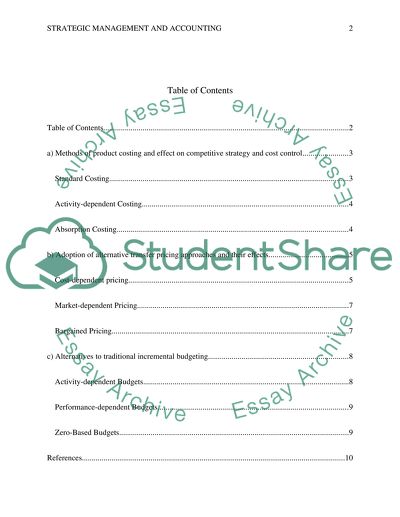Cite this document
(“Strategic Management Accounting Essay Example | Topics and Well Written Essays - 3000 words - 5”, n.d.)
Retrieved from https://studentshare.org/finance-accounting/1625232-strategic-management-accounting
Retrieved from https://studentshare.org/finance-accounting/1625232-strategic-management-accounting
(Strategic Management Accounting Essay Example | Topics and Well Written Essays - 3000 Words - 5)
https://studentshare.org/finance-accounting/1625232-strategic-management-accounting.
https://studentshare.org/finance-accounting/1625232-strategic-management-accounting.
“Strategic Management Accounting Essay Example | Topics and Well Written Essays - 3000 Words - 5”, n.d. https://studentshare.org/finance-accounting/1625232-strategic-management-accounting.


